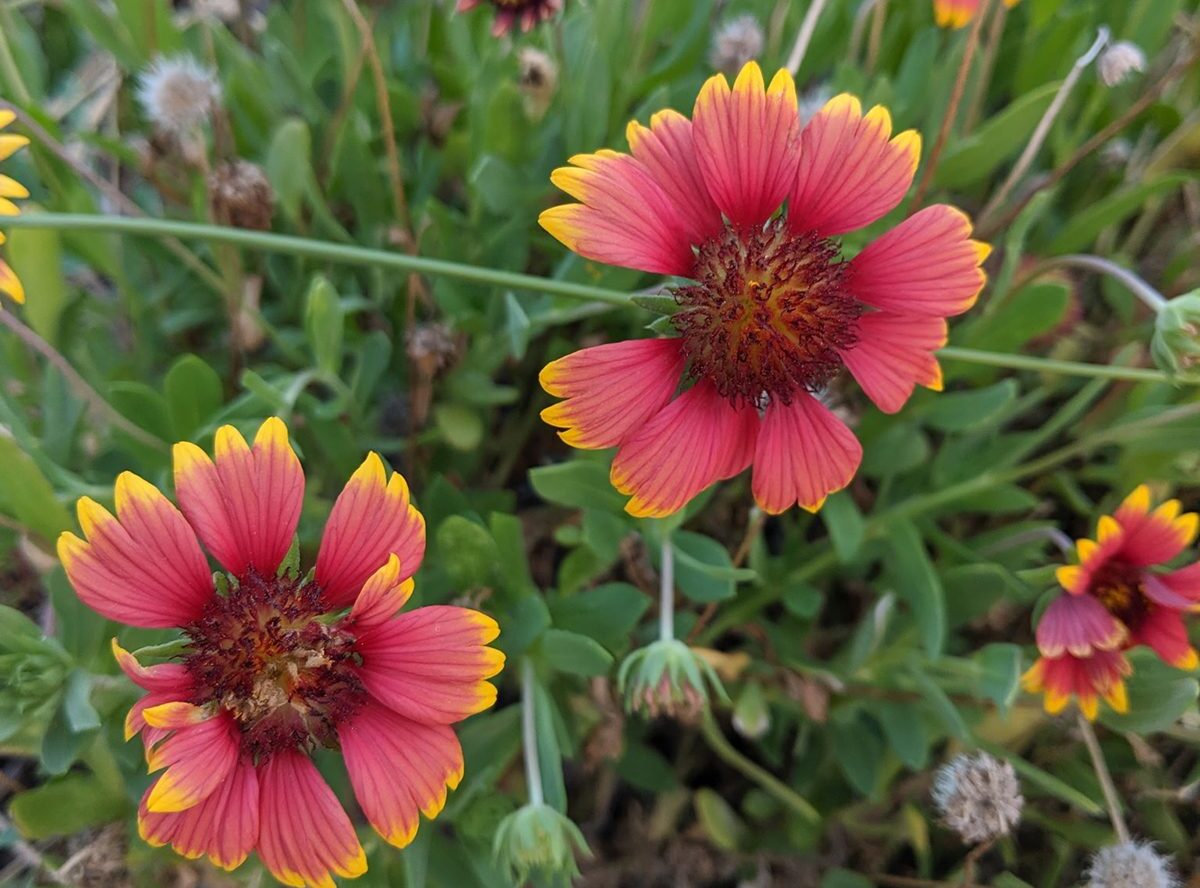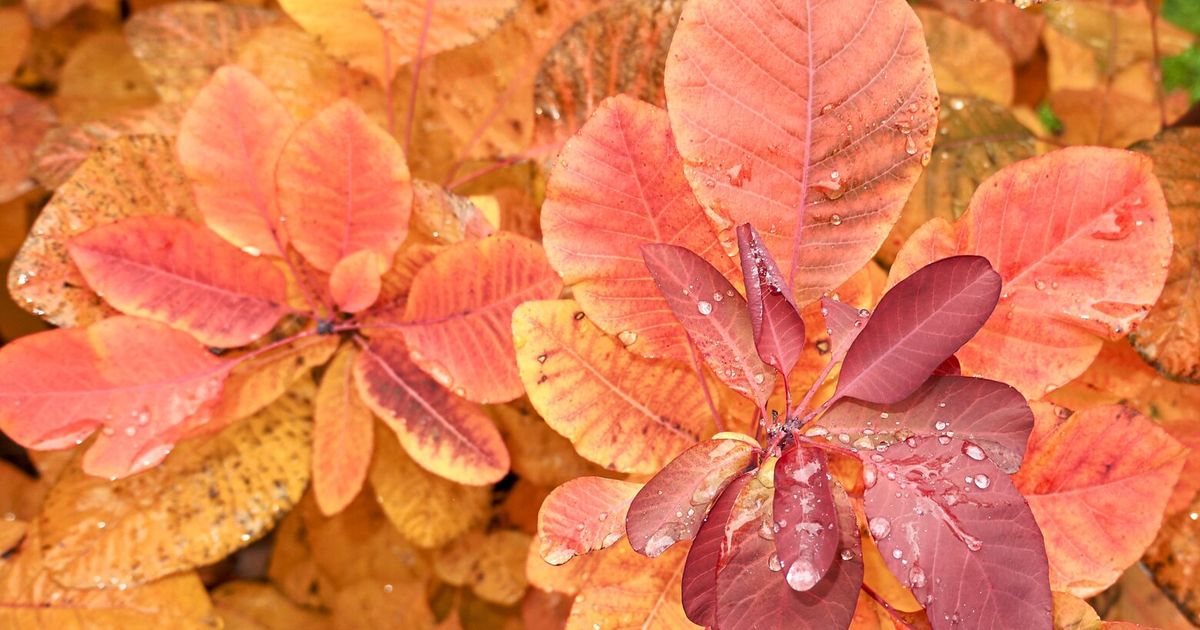A SUMMER GARDEN in full bloom is remarkable, but even the most stunning floral display can collapse into confusion. Fine textures, both in petal and foliage, dazzle but easily tip into visual fatigue. Bold foliage provides a visual pause in the action that brings focus and calm to a busy composition.
I reached out to several local gardeners and landscape designers, stellar plantspeople one and all, and asked them to share three plants with bold foliage that are their go-to favorites. My crew:
● Naomi Goodman is a practicing landscape designer (firecrackerdesignstudio.com) with a passion for creating beautiful and functional gardens that connect with nature.
● Dan Hinkley is a world-renowned plantsman and former owner of Heronswood Nursery. Today Hinkley is director emeritus of present-day Heronswood Garden (heronswoodgarden.org) and, because he can’t seem to quit, operates Windcliff Plants, a small nursery on his property in Indianola.
● As owner and founder of Third Spring Landscape Design (thirdspring.com), Jason Jorgensen specializes in designing resilient gardens that will thrive in a changing climate.
● Gillian Matthews, former owner of Ravenna Gardens, has been furnishing our gardens with extraordinary plants for years. “I love large foliage, especially in a small garden,” she writes.
● Landscape designer Susan Picquelle might have retired from client work, but she remains a knowledgeable and passionate gardener. Picquelle believes that bold plants should figure in the garden in every season.
Many of the following selections have appeared on more than one recommended list, always a sure sign of a good plant for Pacific Northwest gardens.
● Jorgensen recommends bumping up the boldness of Cotinus ‘Grace’ by coppicing (cutting back hard) the stems of this hybrid smoke tree in winter to produce larger than normal leaves. Showy red to burgundy foliage during the growing season shifts to brilliant yellow and orange in fall. Note: Smoke tree blooms on mature wood, so coppicing eliminates that year’s frothy pink flowers.
● Mahonia × media is bold in foliage, form and flower. Hummingbirds can’t resist the bright yellow blooms on this winter-blooming evergreen and, as Picquelle points out, “What could be more bold than watching a flock of cedar waxwings devour the spring berries?”
● Honey bush (Melianthus major) is a showy shrub with glaucous blue foliage. “Melianthus is my favorite,” Goodman enthuses. A self-proclaimed “forever fan,” the designer loves the way the plant pairs with silver, chartreuse and dark green leaves. In warm gardens, honey bush is evergreen — a hard winter will knock it back to the ground.
● Strictly ornamental, Rheum palmatum ‘Atrosanguineum’ is like common rhubarb in a taffeta party dress, with ruby red to bronze emerging spring foliage. Large palmate leaves and dramatic flowers on stems to 6 feet create a stunning focal point in the landscape.
● Schefflera delavayi is a hardy plant with tropical appeal. Light brown, fuzzy new growth contrasts with mature deep green foliage on this evergreen shrub or small tree. The plant adapts to sun or shade and resists drought once established.
● Tetrapanax papyrifer ‘Steroidal Giant’ is bold in every way. Giant, 3-foot-wide leaves show up in spring covered with brown fur (indumentum) atop spindly stalks that can grow to 18 feet. With a colonizing growth habit, ‘Steroidal Giant’ boldly travels about the garden, more so in rich soil. Give this plant some room, and avoid disturbing the roots to reduce suckering.
It should come as no surprise that plantspeople have a hard time limiting their choices. Bold and beautiful Corsican hellebore (Helleborus argutifolius); bergenia, both the evergreen (B. cordata) and deciduous forms (B. ciliata); hosta; and rodgersia (R. podophylla) also were prized.
Correction: An earlier version of this story misspelled landscape designer Naomi Goodman’s name in one instance.










